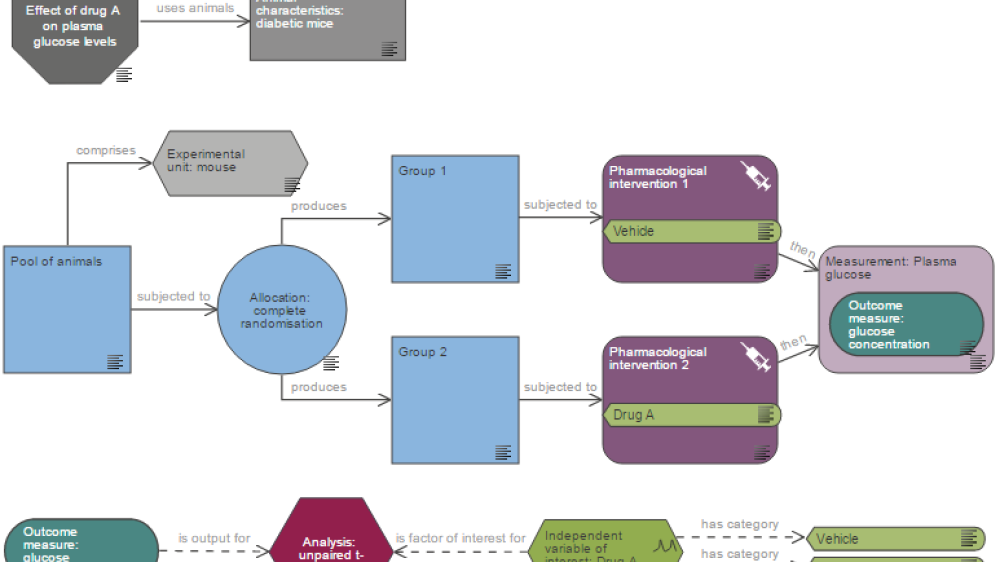Information and support for the adoption of alternative approaches and technologies.
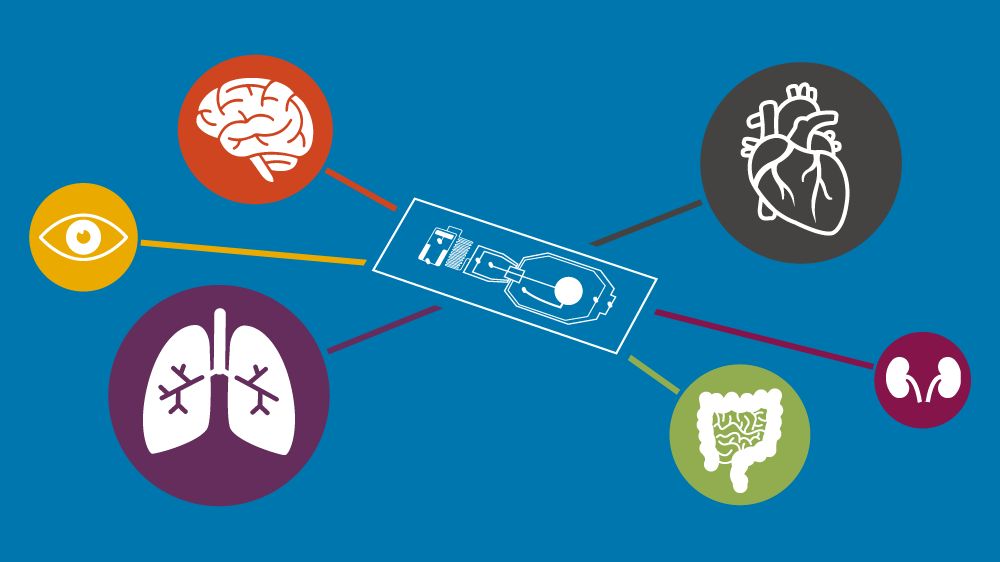
Information and support for the adoption of alternative approaches and technologies.

Key results and recommendations from an EPAA/MEB/NC3Rs collaboration focused on chronic toxicity studies for monoclonal antibodies (mAbs).
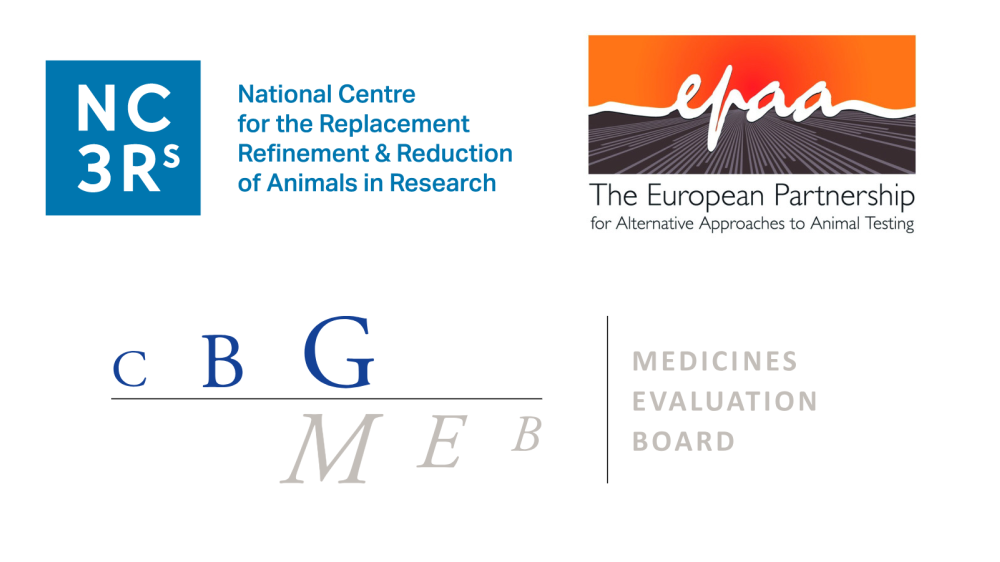
Webinar on the pioneering approach to implementing refinements for handling mice and rats by Research Institutes of Sweden (RISE).

A webinar to highlight available opportunities to minimising non-human primate use in drug development.

Practical guidance and examples of strategies that can be used to mask group allocation in animal studies.

Is it necessary and how could it affect your data and animal welfare? A workshop recording featuring academic and industry experts.
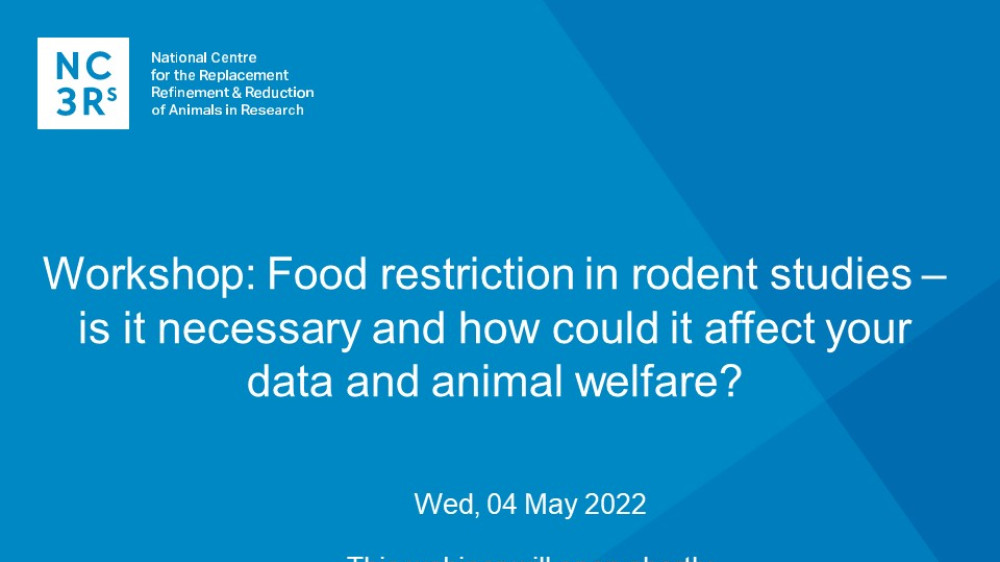
Opportunities to reduce the use of non-human primates in toxicology programmes.

A webinar providing an overview of the Precision Injection System developed to address the 2019 Sharp and to the Point Challenge.
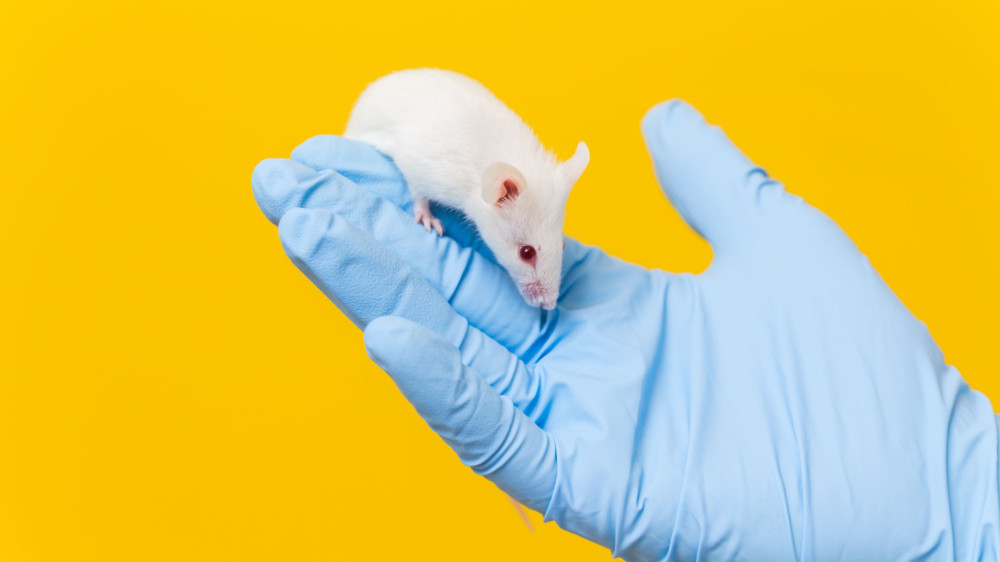
A webinar to raise awareness of the microsampling technique and encourage wider adoption.
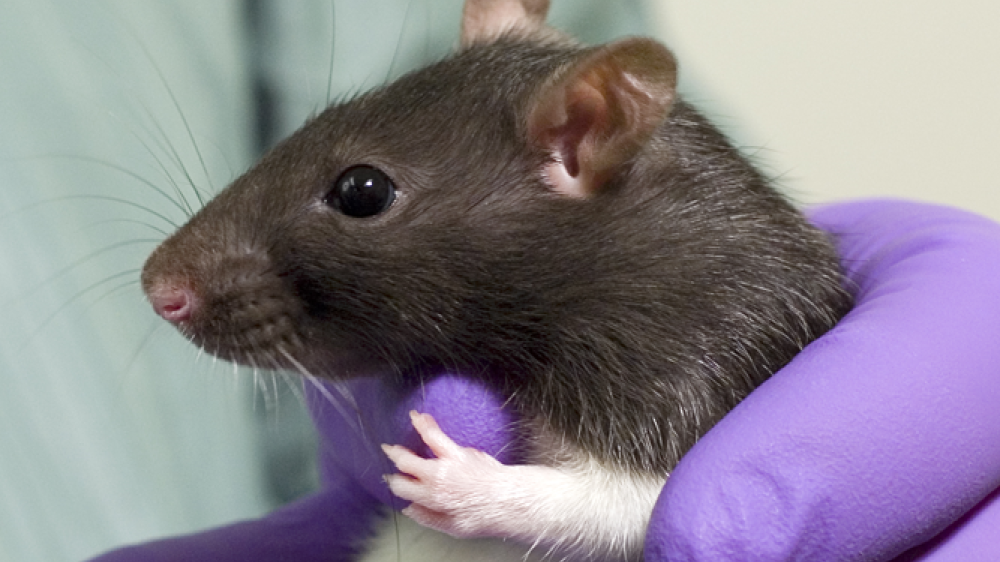
A series of video tutorials to develop skills in the administration of substances and apply best practice in aseptic surgical techniques in rodents.
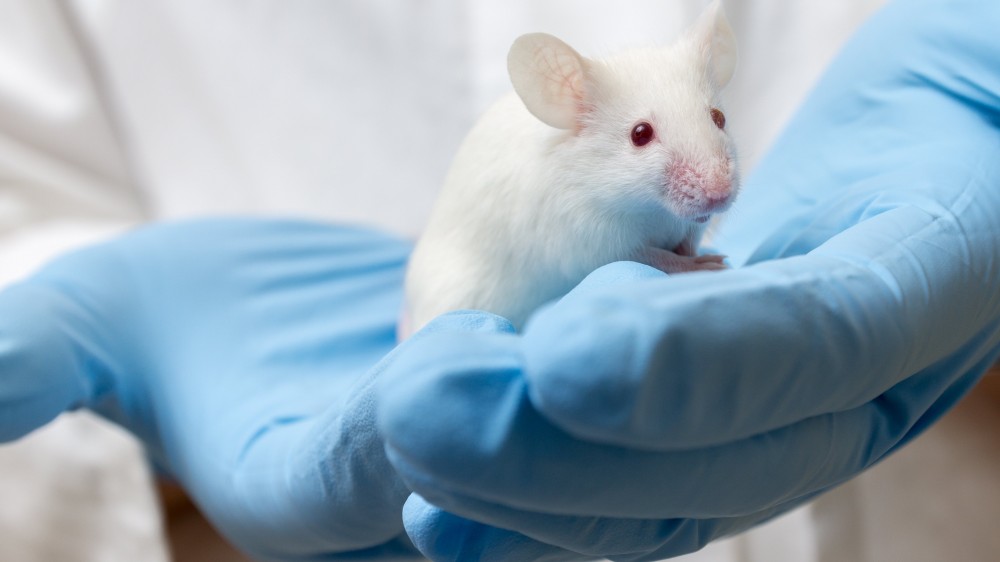
Archiving can provide a back-up to production colonies, minimise genetic drift, reduce the need for tick-over colonies and preserve valuable models.
Webinar showcasing ongoing and novel initiatives that replace, reduce and/or refine fish acute toxicity studies.
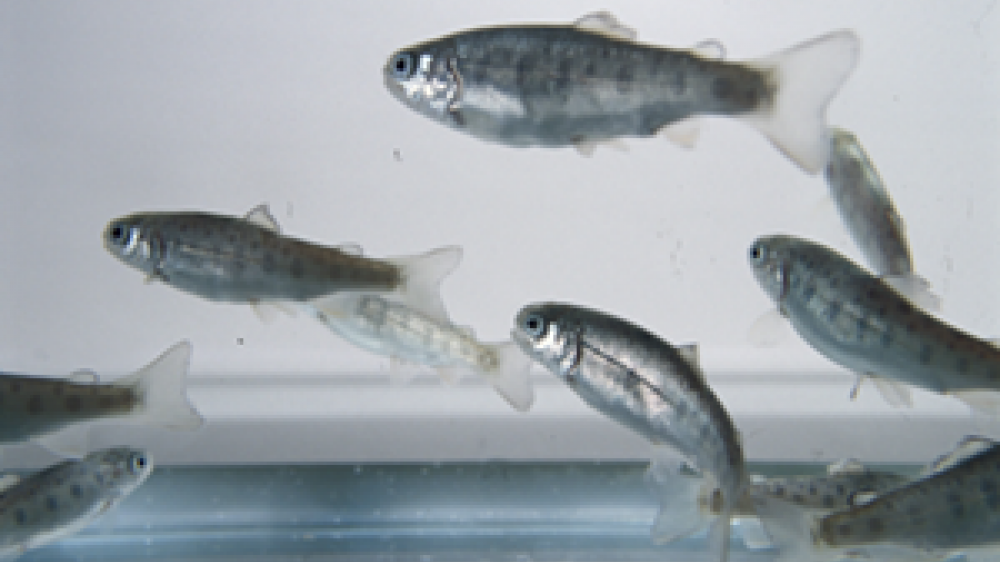
Learn more about the winning work and a highly commended publication to create an ex vivo model of multiple sclerosis, at the online prize ceremony.

Posters and other resources on the use of grimace scales to assess pain in laboratory animals.
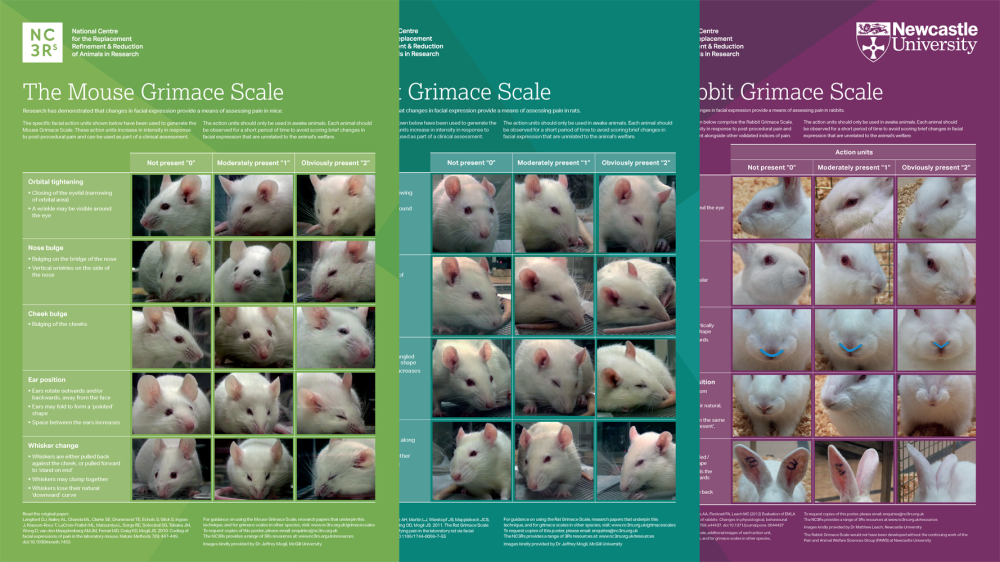
Details of the Rabbit Grimace Scale, including a poster for display in laboratory rooms and corridors.
Techniques for blood sampling in laboratory animal species to ensure the most appropriate technique is chosen.

Information on techniques for sampling blood in the rat, covering non-surgical, surgical and terminal techniques.
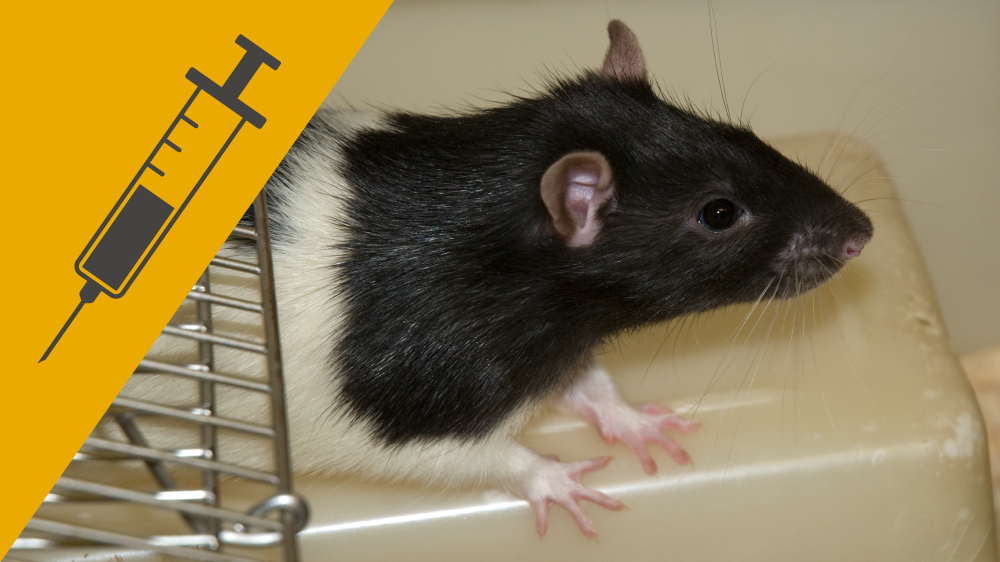
Guidance on catherisation for blood sampling in laboratory animals.
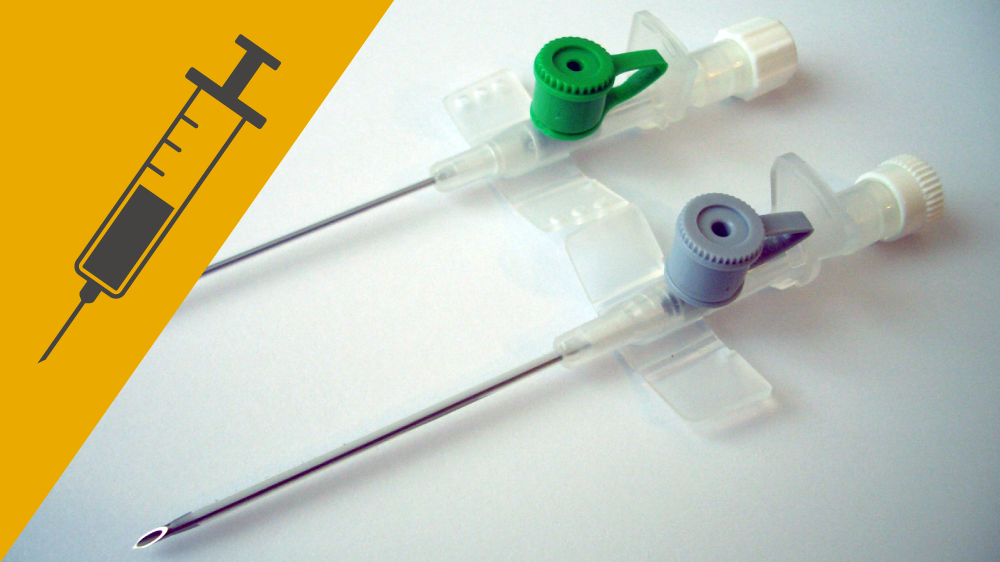
Guidance on non-aversive methods for handling mice. Includes tutorials, FAQs and tips for implementation.
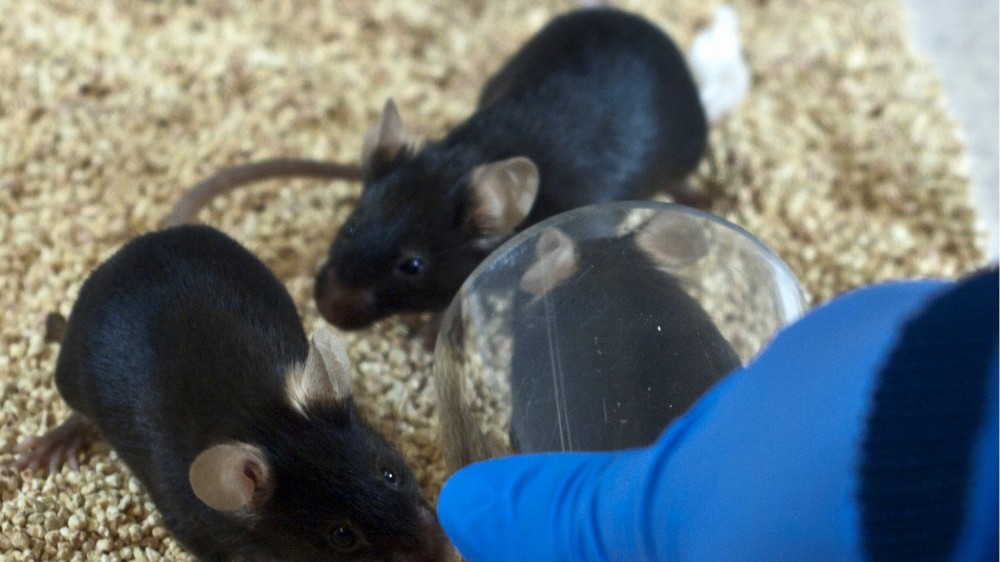
A virtual workshop to raise awareness of currently available New Approach Methodologies (NAMs) and overcome barriers to implementation.

Guidelines on implementing the 3Rs in both field and captive studies.
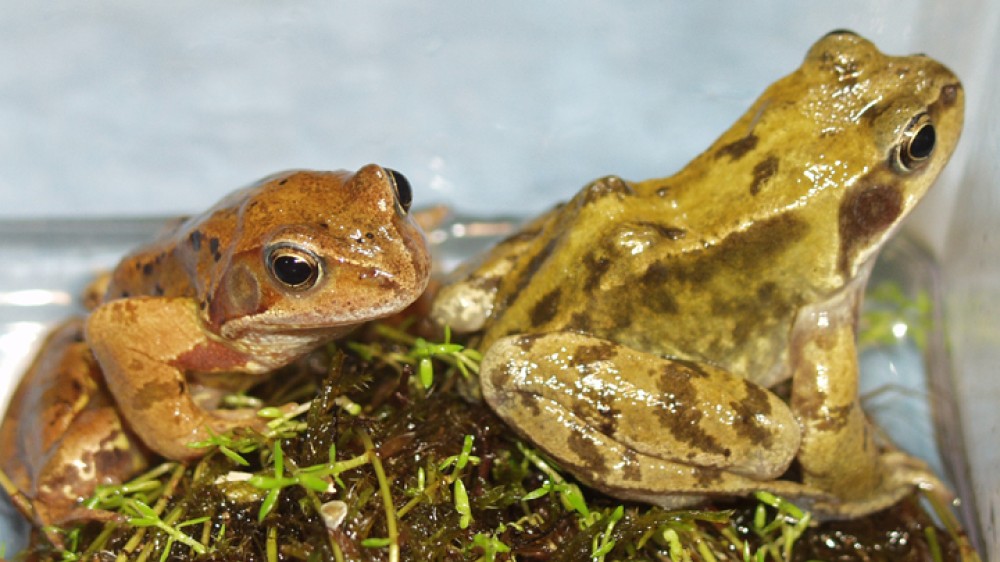
Find opportunities to collaborate on 3Rs projects via our innovation brokerage platform.

Approaches for sampling blood in the ferret, covering surgical and terminal techniques.
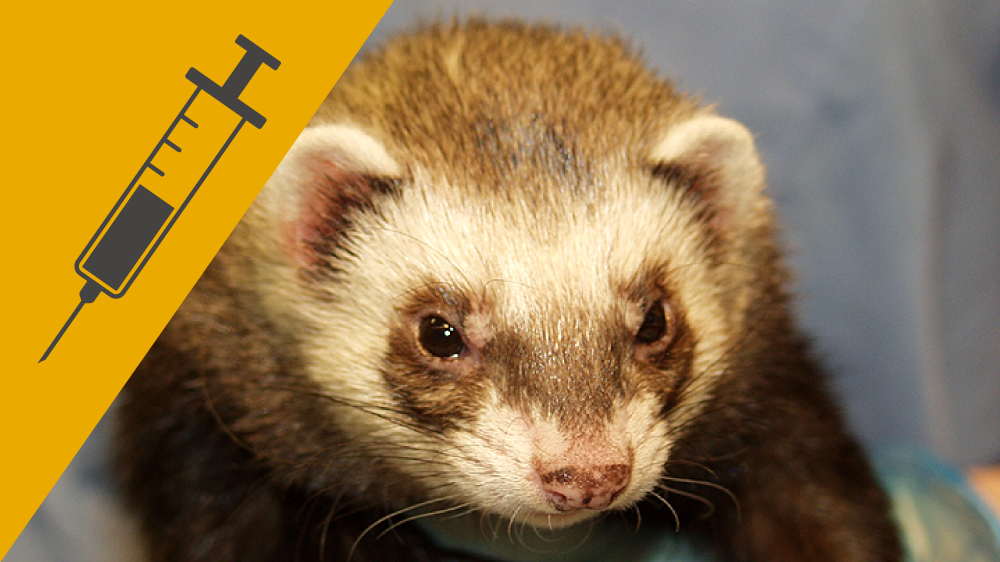
Learn how our online EDA tool can help you plan rigorous experiments.
